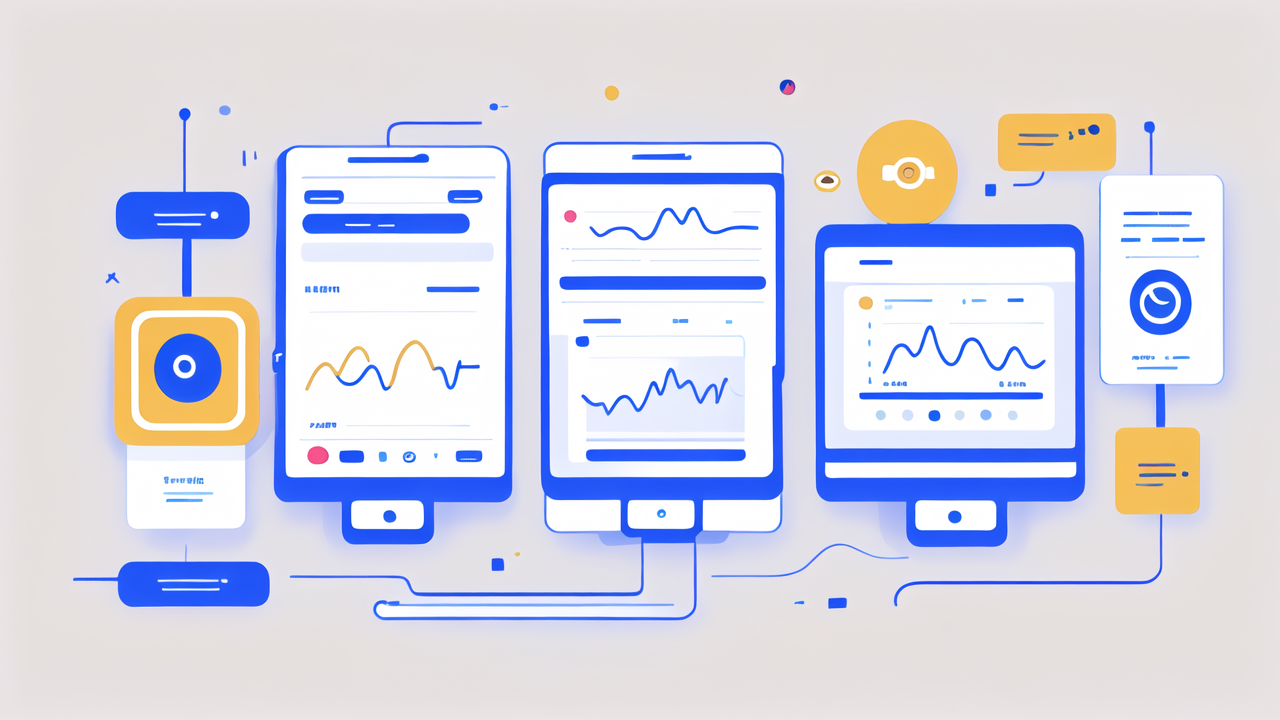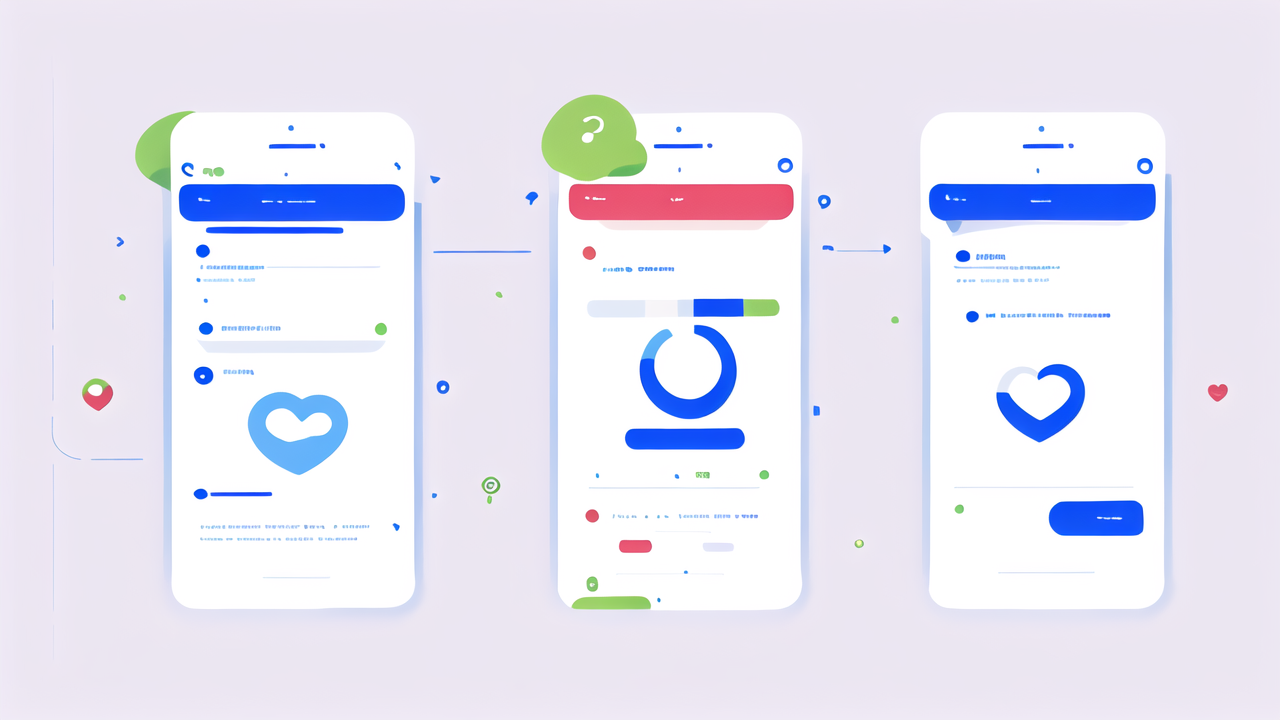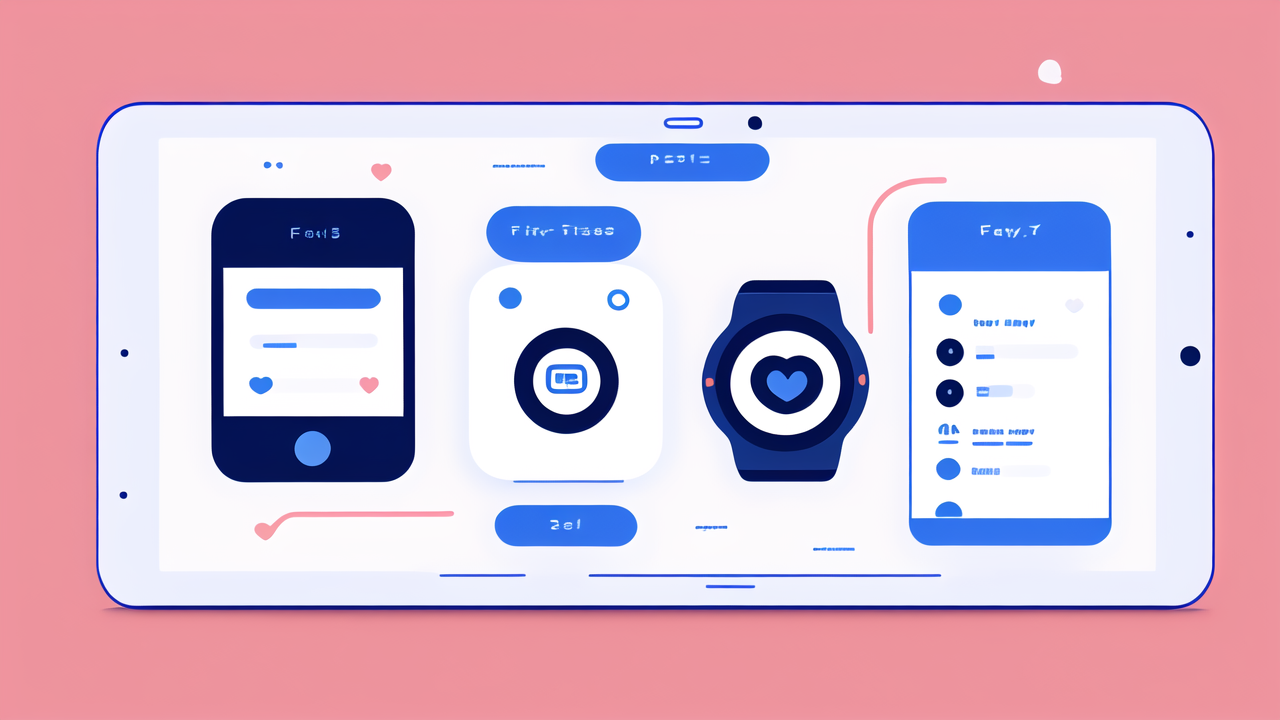The Evolution of Health Monitoring: From Hospital Beds to Wrist Wearables
The History of Health Monitoring Devices
Health monitoring has come a long way since its early days. It began in hospitals with basic tools like

stethoscopes and thermometers. These simple devices helped doctors track patient health. Over time, more
complex machines appeared. EKG machines and blood pressure monitors became common. They allowed for better
diagnosis and treatment. However, these tools were big and not portable. Patients had to visit hospitals
or clinics for check-ups. This limited how often people could monitor their health. The need for more
accessible health monitoring grew. This paved the way for today's wearable devices.
Modern Smart Watches and Their Role in Health Care
Smart watches have revolutionized health monitoring. These devices pack powerful sensors into a small,
wearable form. They can track heart rate, sleep patterns, and physical activity. Some can even measure
blood oxygen levels and detect falls. This constant monitoring provides a wealth of data. Patients and
doctors can spot health issues early. Smart watches also encourage users to be more active. They send
reminders to move and track fitness goals. This proactive approach to health is changing patient care.
People are more engaged in their own health management. Doctors can now get a more complete picture of a
patient's health over time.
The Integration of AI and Machine Learning in Health Monitoring
AI and machine learning are taking health monitoring to new heights. These technologies can analyze vast
amounts of data from smart watches. They can spot patterns that humans might miss. This leads to more
accurate predictions of health risks. For example, AI can detect irregular heart rhythms. It can then
alert the user or their doctor. Machine learning algorithms are getting better at this over time. They
learn from each user's data, providing more personalized insights. This integration of AI is making
health monitoring smarter and more effective. It's helping to catch health issues before they become
serious problems.
Regulatory Framework for Health Monitoring Devices in the United States
Key Regulations Impacting Health Monitoring Technologies
The FDA plays a crucial role in regulating health monitoring devices. They ensure these products are

safe and effective. The level of regulation depends on the device's risk level. Some smart watches fall
under the category of "general wellness devices." These have less strict rules. However, watches that
claim to diagnose or treat conditions face tougher scrutiny. The FDA has created special programs for
digital health products. These aim to speed up the approval process for innovative devices. Privacy
regulations like HIPAA also apply to health data collected by smart watches. Companies must protect
user health information.
Compliance and Safety Standards for Wrist-Worn Health Devices
Wrist-worn health devices must meet specific safety standards. This includes electrical safety to
prevent shocks. They must also be tested for skin irritation and allergic reactions. The materials used
must be biocompatible. Accuracy is another key factor. The FDA requires clinical testing to prove
accuracy claims. This is especially important for features like heart rate monitoring. Devices must
also have clear instructions for use. They should explain any limitations of the device. Manufacturers
need to have a system for reporting and addressing adverse events. These standards help ensure that
wearable health devices are safe and reliable for users.
The Future of Health Monitoring: Regulatory Perspectives
Regulators are working to keep up with rapid tech advances. The FDA is developing new frameworks for
AI and machine learning in health devices. They're looking at ways to allow for continuous learning
and updates. This could help smart watches improve their health monitoring over time. There's also a
push for more interoperability between devices. This would allow health data to be easily shared
across platforms. Privacy remains a key concern. Future regulations may focus more on data protection
and user consent. As health monitoring becomes more advanced, regulators will need to balance
innovation with safety and privacy concerns.
Economic and Technological Trends in the Health Monitoring Industry
Analyzing the Growth of the Health Monitoring Market
The health monitoring market is booming. Smart watches are a big part of this growth. More people are

buying these devices to track their health. The global market for wearable health devices is expected
to grow rapidly. Factors driving this growth include:
- Increasing health awareness
- Rising chronic diseases
- Aging population
- Advances in sensor technology
- Growing acceptance of telemedicine
Companies like Apple, Fitbit, and Samsung are major players. They're investing heavily in health
features for their smart watches. This competition is driving innovation and lowering prices. As a
result, health monitoring is becoming more accessible to many people.
Technological Innovations: The Next Frontier in Health Care
The future of health monitoring looks exciting. New sensors are being developed all the time. Some
upcoming innovations include:
- Continuous glucose monitoring without needles
- Blood pressure monitoring through light sensors
- Stress level detection through sweat analysis
- Early detection of diseases through voice analysis
These advances could make smart watches even more powerful health tools. They could help detect
health issues before symptoms appear. This could lead to earlier treatment and better outcomes.
Wearable ECG monitors are already helping detect heart problems. Future devices might be able to
detect a wider range of conditions. The goal is to make health monitoring more comprehensive and
less invasive.
The Impact of Smart Watches on Health Care Efficiency and Patient Outcomes
Smart watches are changing how health care is delivered. They're making it easier for doctors to
monitor patients remotely. This is especially useful for managing chronic conditions. Patients can
share their health data with doctors in real-time. This allows for quicker interventions when needed.
It also reduces the need for in-person visits. This can save time and money for both patients and
health care systems. Smart watches are also empowering patients. They provide instant feedback on
health metrics. This encourages people to make healthier choices. Studies have shown that using
wearable devices can improve health outcomes. They can help with weight loss, physical activity,
and managing conditions like diabetes. As these devices become more advanced, their impact on
health care is likely to grow.




Leave a comment
This site is protected by hCaptcha and the hCaptcha Privacy Policy and Terms of Service apply.